
PROOF
Extending memories with wild forests
Nghe An and Ha Tinh provinces are large areas, especially Nghe An province with complex terrain, the most populous in the country and also one of the "metropolitan" of the press in the central region with many important events taking place regularly. As commented by reporters and journalists who often come here: Nghe An is a land that was born to be fertile for the press, because the sea is vast and the forest is too wild. There are many old stories that need to be archaeologically examined, but new stories are sometimes very chaotic. Large and small press agencies all have representative offices here!
Recalling the early days of writing news and articles, my colleagues sincerely instructed and guided me to use accurate words, “no corrections” to suit the “taste” of Nhan Dan Newspaper... Determining that working for a Party newspaper requires not being afraid of difficulties, not being afraid of hardships, and being willing to learn, in just a short time I quickly integrated myself into the “Nhan Dan Newspaper journalism community”. For me, coming to Nhan Dan, being respected, being shared, being seen and feeling the warmth from my colleagues is such a happy thing. And so I only focused on packing my backpack and going...
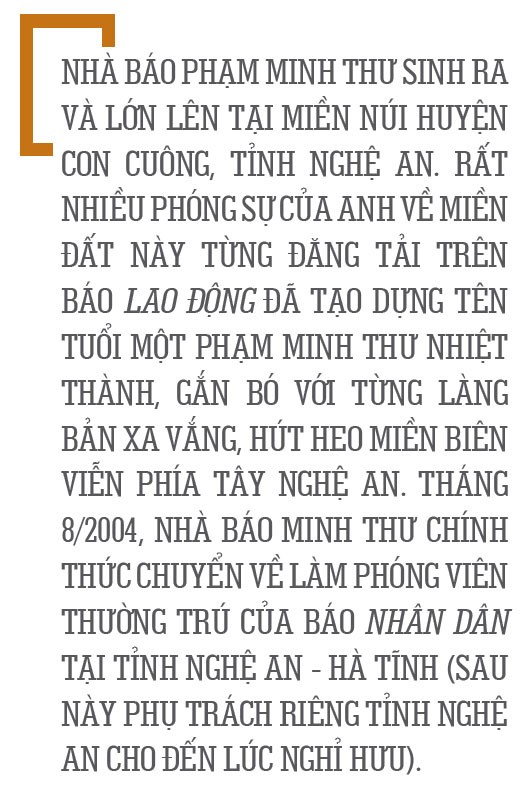
At that time, Nghe An province alone had 11 mountainous districts and towns, accounting for more than 83% of the province's total area. The western region of Nghe An is extremely large, with rugged and complex terrain. It is home to many concentrated and unique customs and cultural features of ethnic minorities: Thai, H'Mong, Kho Mu, O Du, Tho, Dan Lai... It takes several days for a resident reporter to work in mountainous districts such as Tuong Duong, Ky Son, Que Phong. It takes a whole week to reach the villages near the border because of extremely difficult transportation. Thirteen years working for Nhan Dan Newspaper, not much compared to other colleagues, but for me, it is a whole world of memories, trips, visits to the villages, happiness and pride when my articles are mentioned by colleagues in every meeting...
As a native Thai, I am much more advantageous than other colleagues in approaching, connecting with, and understanding the customs, habits, and thoughts of ethnic minorities. Roughly speaking, I have visited nearly 90% of the communes and villages in border areas, remote and extremely disadvantaged areas of Nghe An province, mainly on foot.
The arduous trips up the forest to the villages in the middle of the mountains of the Kho Mu people, and the climbs to the tops of the mountains covered in clouds all year round of the H'Mong people in the "heavenly gate" of Muong Long are unforgettable memories in my career as a journalist.
I remember shivering on Pha Bun slope, Bac Ly commune with blistered feet, pale with blood because of slugs, leeches, fruit flies, and red-spotted dog fleas. Or when I was starving at the foot of Pu Xai Lai Leng in the highland border district of Ky Son, but still tried to crawl through many whirlpools of waterfalls to reach the "end of the world" of the Dan Lai people in the middle of the primeval forest of Pu Mat (Con Cuong district). And there were also times when I got lost, my eyes were dizzy in the vast purple color of poppies in the border area...
Now, it is much easier to reach the ethnic minorities in western Nghe An on National Highway 48 and National Highway 7 because most motorbikes and cars can reach the commune center, even the small villages. The feeling of working trips to the highlands gradually fades, sometimes even becoming experiences, travelogues make me miss the time when I could explore and prolong memories with the wild forests, with the people secretly watching visitors...

Devote all passion to the people in the border areas
Having the opportunity to travel a lot, meet a lot, live with my fellow countrymen and have the agency “freely” allow me to write a lot, I chose to stick with the reportage genre. A genre that when I was a special contributor to Lao Dong Newspaper , I once heard the “sharp as a knife” journalist Tran Duc Chinh (reporter of Lao Dong Newspaper ) evaluate: it is a “cannon” that only very passionate reporters dare to approach!

Visiting students' homes to celebrate Tet and encourage them to study hard is the happiness of teachers in Nung Nang commune.
I know it is difficult, very difficult! But with everything available, especially the "launching pad" at the old banyan tree in Hang Trong that is always ready to support at any time, any moment, I try to save, pour out my heart and soul to have each sentence, each word that touches people's hearts about the wild and difficult lands of my remote borderland.
With dedication and serious work, many hot and realistic reports about the mountainous region of Nghe An appeared in almost all publications of Nhan Dan Newspaper . That was when leaving the village, we could still hear the mournful, heartbreaking cries of the Thai people in Puc village, Meo village, Nam Giai commune, Que Phong district, who lost their loved ones in the historic flash flood in 2007. At that time, to get to this place, more than 20 km from the district center, the road was cut off in many sections by rain and floods, the culverts and bridges were frozen and swept away by floodwaters... To get there, the only means of transport was walking, wading through streams in fast-flowing, muddy water...


Recalling the early days of writing news and articles, I was sincerely instructed and guided by my colleagues to use accurate words, “without corrections” to suit the “taste” of Nhan Dan Newspaper... Determining that to work for a Party newspaper, one must not be afraid of difficulties, hardships, and be willing to learn, in just a short time I quickly integrated myself into the “community of Nhan Dan Newspaper journalists”.

Then there are reports about the still difficult life, the changes and rise of ethnic minorities in the villages, such as: The hardships of going up Pu Xai Lai Leng , Old and new Keng Du , Lemon climbing up Nam Quang peak , Old and new stories in Na Pha, Unwritten village covenant at the foot of Pu Quac , Along the faraway land during the pandemic , Conquering barren land in the clouds, Returning to Na Con Phen, Muong Xen-Ta Ca - the pain gradually passes ...
Recently, although I have retired under the regime, but perhaps the passion for the profession is still burning, I went upstream to the Giang River to visit the Dan Lai ethnic people to witness their changing lives when they no longer have to hide under banana leaf roofs with "to kun, to mong, to quang" (wild boar, deer) and no longer "eat Dak Khang in the morning and sleep at Dak Choang at night". Then I went up the forest to Vang tren mu may, living among the vast ancient sa mu forest, which is considered a giant treasure in the western region of Nghe An. Furthermore, my sweaty reports on the hardships of the forest still appear in the publications of Nhan Dan Newspaper , but more regularly in Thoi Nay.
Although now, the western part of Nghe An has changed, the villages have national electricity grid, roads for cars and motorbikes, and a smooth communication system... but the people there still look forward to writers who are attached to the mountains, attached to the people, "able to read", understand their thoughts, their culture and customs, and can go and live with them.
For them, the ethnic minorities, it is very simple, a journalist is someone who “knows and then tells so that many people know”. Understanding them, throughout my life as a journalist I have always kept in mind “try to live with them first, then write about them”. And for me, it is also very simple, the happiness of a journalist is to return to the People and write about the people, especially to write about the people living in the remote border areas of my hometown, Nghe An!
Publication date: June 2025
Presented by: DANG NGUYEN
Photo: Nhan Dan Newspaper, DOCUMENTS








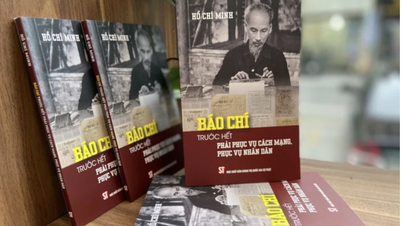



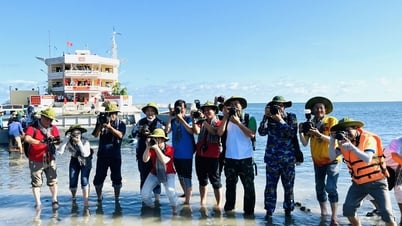
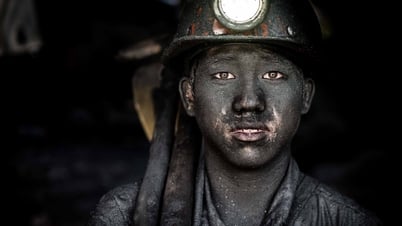


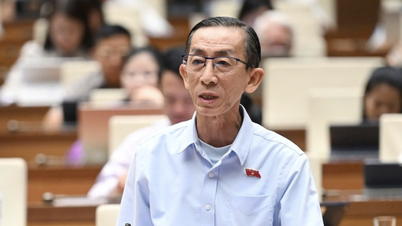




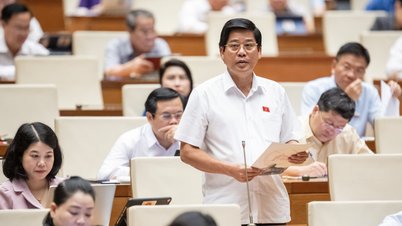










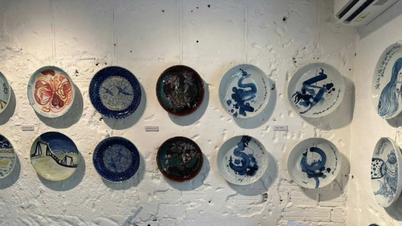

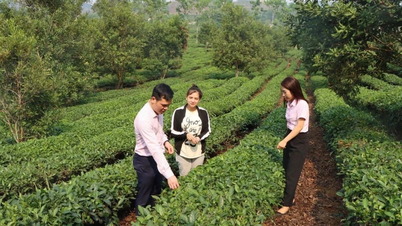































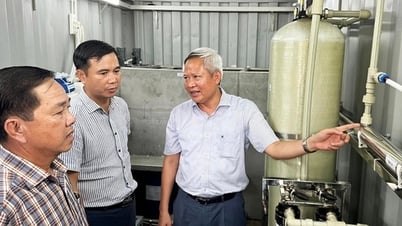




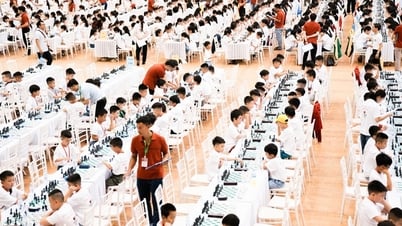


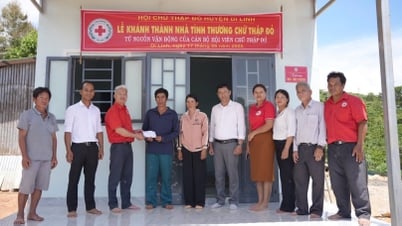

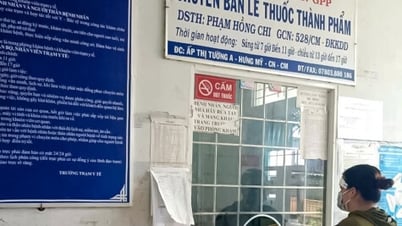

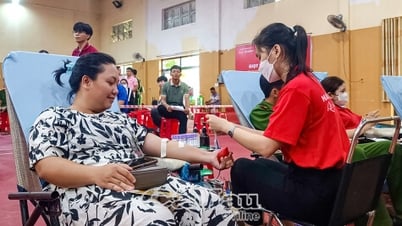
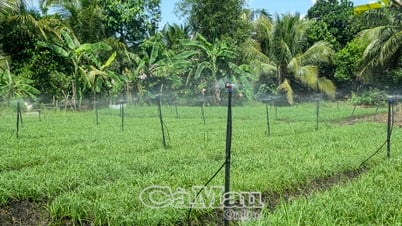
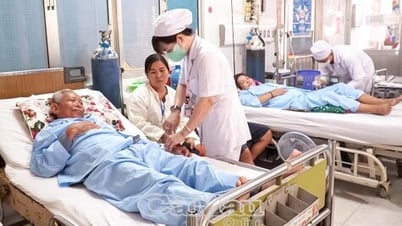














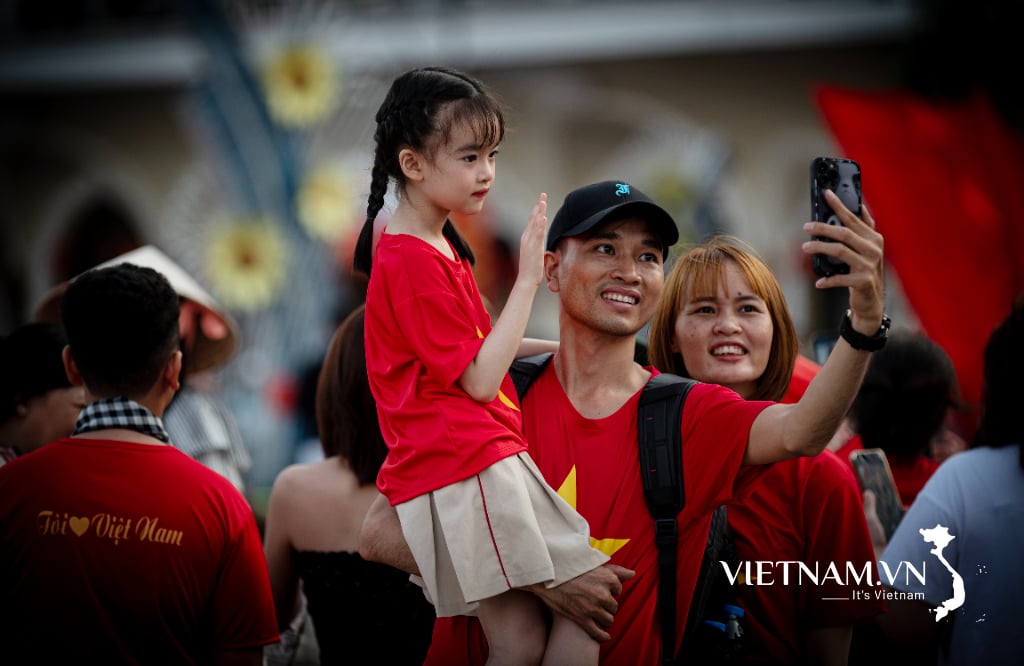
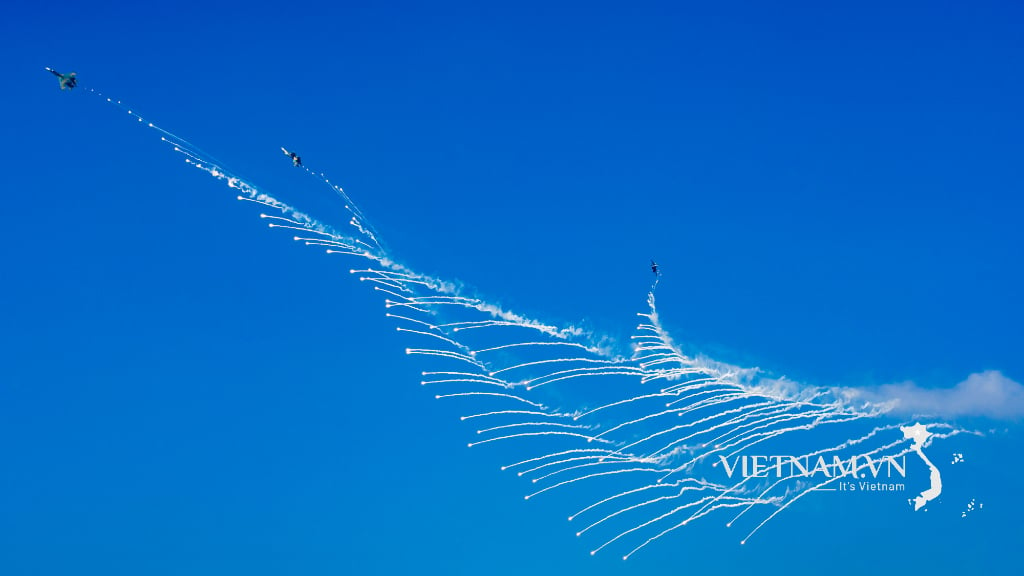


Comment (0)